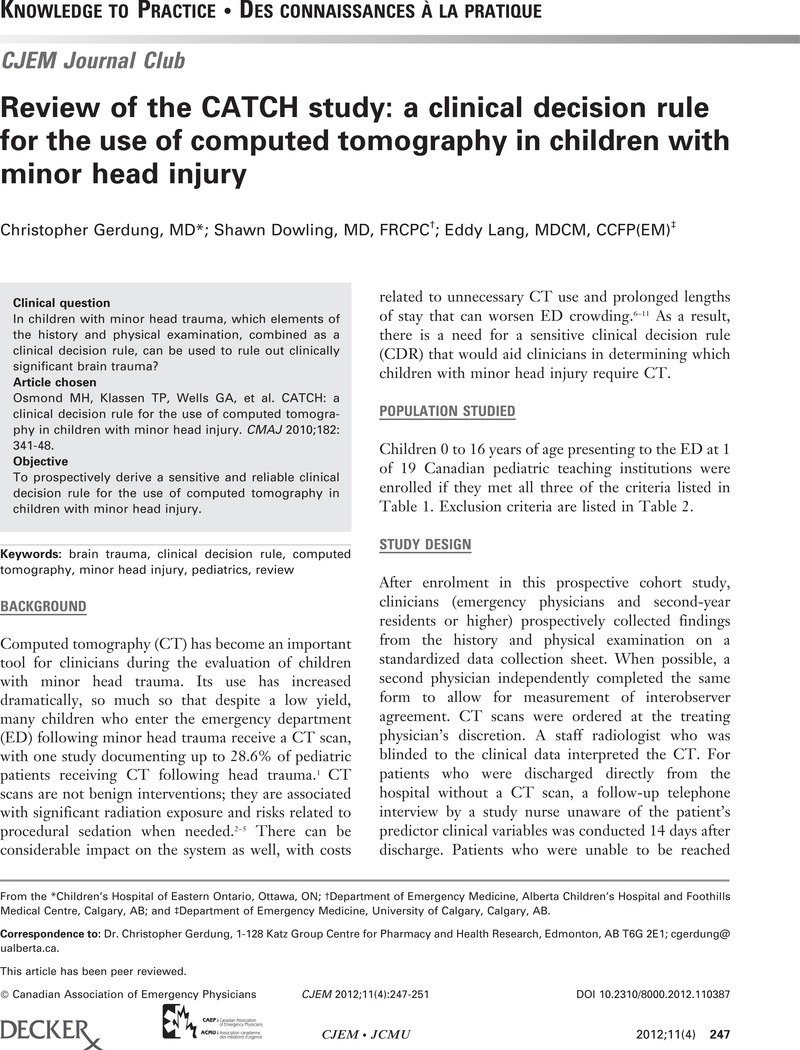Crossref Citations
This article has been cited by the following publications. This list is generated based on data provided by Crossref.
Wilde, Elisabeth A.
Hunter, Jill V.
and
Bigler, Erin D.
2014.
Handbook on the Neuropsychology of Traumatic Brain Injury.
p.
111.
Wintermark, Max
Sanelli, Pina C.
Anzai, Yoshimi
Tsiouris, A. John
Whitlow, Christopher T.
Druzgal, T. Jason
Gean, Alisa D.
Lui, Yvonne W.
Norbash, Alexander M.
Raji, Cyrus
Wright, David W.
and
Zeineh, Michael
2015.
Imaging Evidence and Recommendations for Traumatic Brain Injury: Conventional Neuroimaging Techniques.
Journal of the American College of Radiology,
Vol. 12,
Issue. 2,
p.
e1.
Yilmaz, Hakan
and
Yilmaz, Ozlem
2019.
Follow-Up Computed Tomography Requirement of Pediatric Head Trauma Patients with Abnormal Imaging Findings.
World Neurosurgery,
Vol. 124,
Issue. ,
p.
e764.
Khalifa, Mohamed
and
Gallego, Blanca
2019.
Grading and assessment of clinical predictive tools for paediatric head injury: a new evidence-based approach.
BMC Emergency Medicine,
Vol. 19,
Issue. 1,



